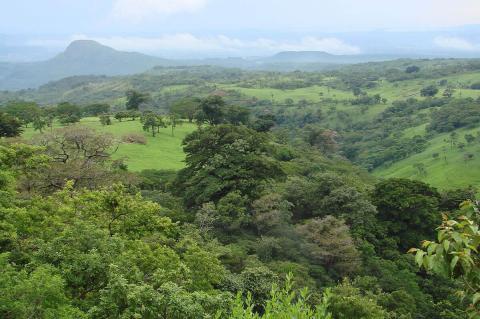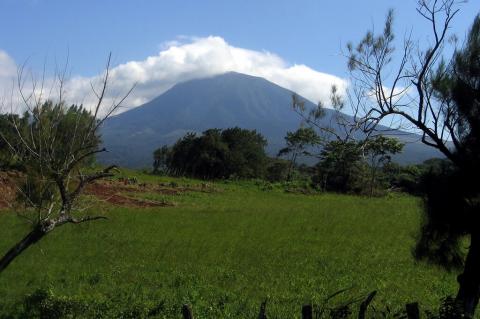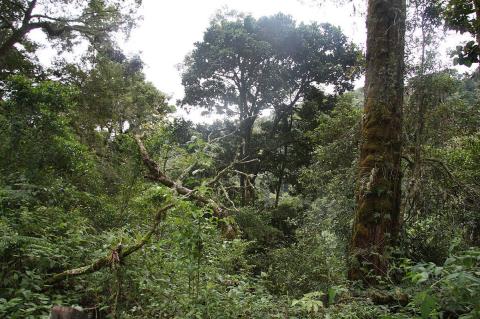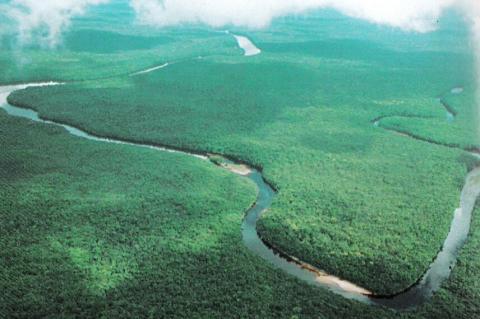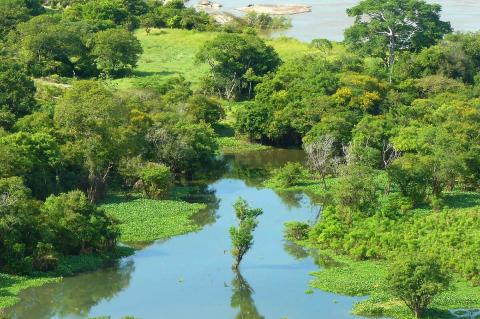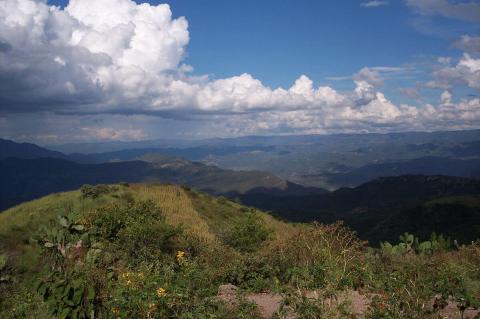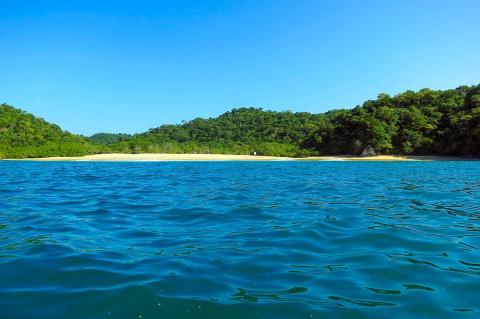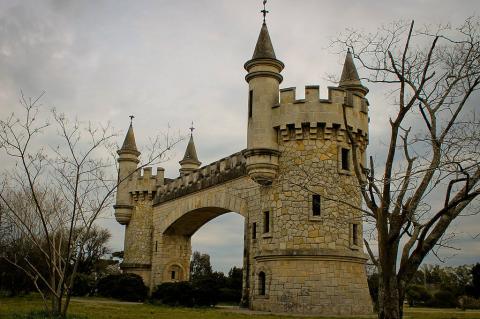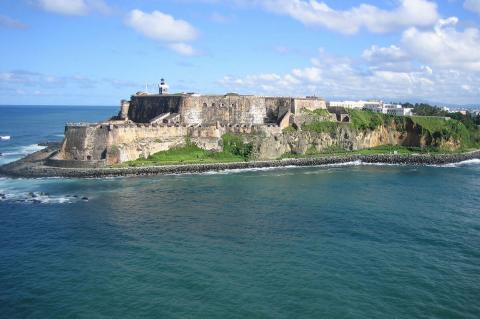The Guanacaste Conservation Area: Costa Rica's Ecological Masterpiece
Located in the northwestern province of Guanacaste, Costa Rica, the Guanacaste Conservation Area (Área de Conservación Guanacaste—ACG) is a shining example of the country's unwavering commitment to environmental preservation. This protected area network is a true ecological masterpiece, comprising a mosaic of diverse ecosystems spanning the Pacific Ocean to the lowlands of the Caribbean basin.
